Story
All Are Welcome Here?
How the BE MSP initiative is working to create a more inclusive environment for professionals of color

In many respects, the story of the Twin Cities is a tale of two cities. Not the differences between Minneapolis and St. Paul, but the dramatically different experiences of those who fit in and those who don’t.
And those divisions, which have huge ethnic and racial undercurrents, are undermining the future of the region’s economy.
For decades, many people of color have lived and worked in the Twin Cities only to depart in search of more hospitable climes. Racism, implicit bias, difficulty connecting with peers after work and unclear or uncertain pathways for career advancement have contributed to thousands of people of color and Indigenous (POCI) professionals exiting the region, despite its high scores for overall livability.
“I’ve found that the Twin Cities’ many job opportunities and high-profile companies attract Asian professionals to the region,” says Vivian Chow, director of marketing for Rembrandt Foods. “But once we arrive, we face challenges regarding effective development, advancement, mentorship and understanding how to navigate our organizations. I’ve sometimes struggled with feeling like I truly fit in with a company’s culture, preferred styles and [often white male] senior leaders.”
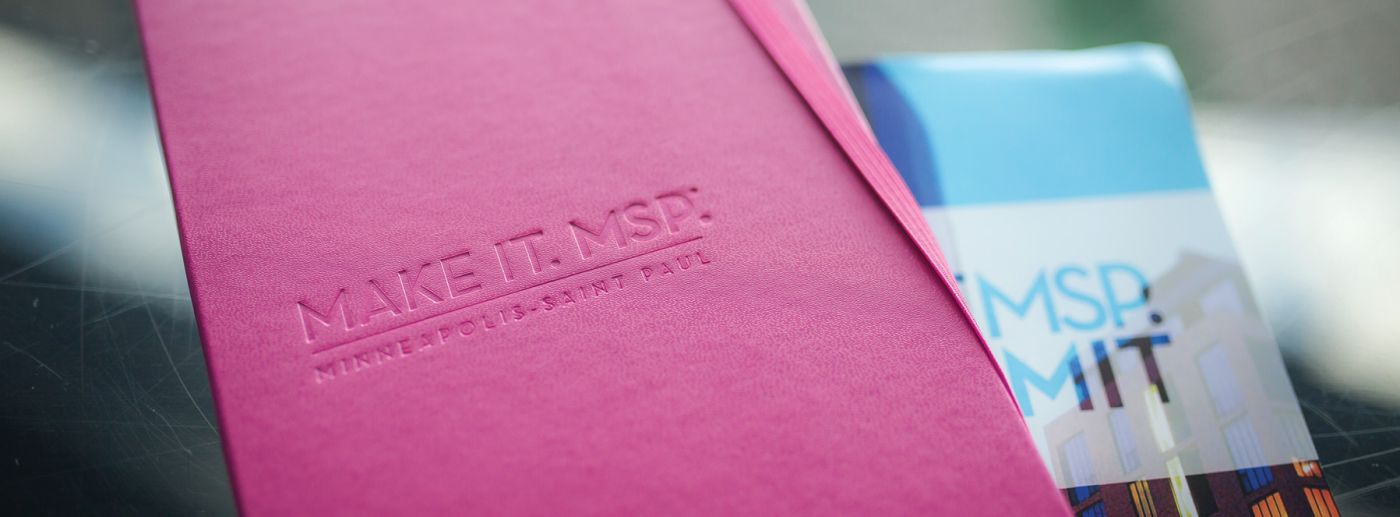
Greater MSP, the Minneapolis Saint Paul Regional Economic Development Partnership, has long been aware of this challenge, and created Make It. MSP. in 2015 to address overall talent attraction and retention goals. Bush Foundation President Jen Ford Reedy served on the cross-sector, multi- generational 2014 Talent Task Force that led Greater MSP to create Make It. MSP. One of the task force’s key findings was that while Minneapolis-St. Paul was among the top metro areas for retaining transplants from other markets, the Twin Cities saw a steep and troubling drop-off when it came to retaining POCI.
The issue is complex — rooted in historic patterns of discrimination and cultural preferences that are difficult to sort out. So, Make It. MSP. made it part of its focus to attract and retain professionals of color specifically, eventually dubbing this initiative BE MSP. It’s a network of organizations and individuals with a vested interest in addressing POCI talent retention. The Bush Foundation has financially supported BE MSP’s work, along with other efforts to enhance the region’s appeal to POCI.
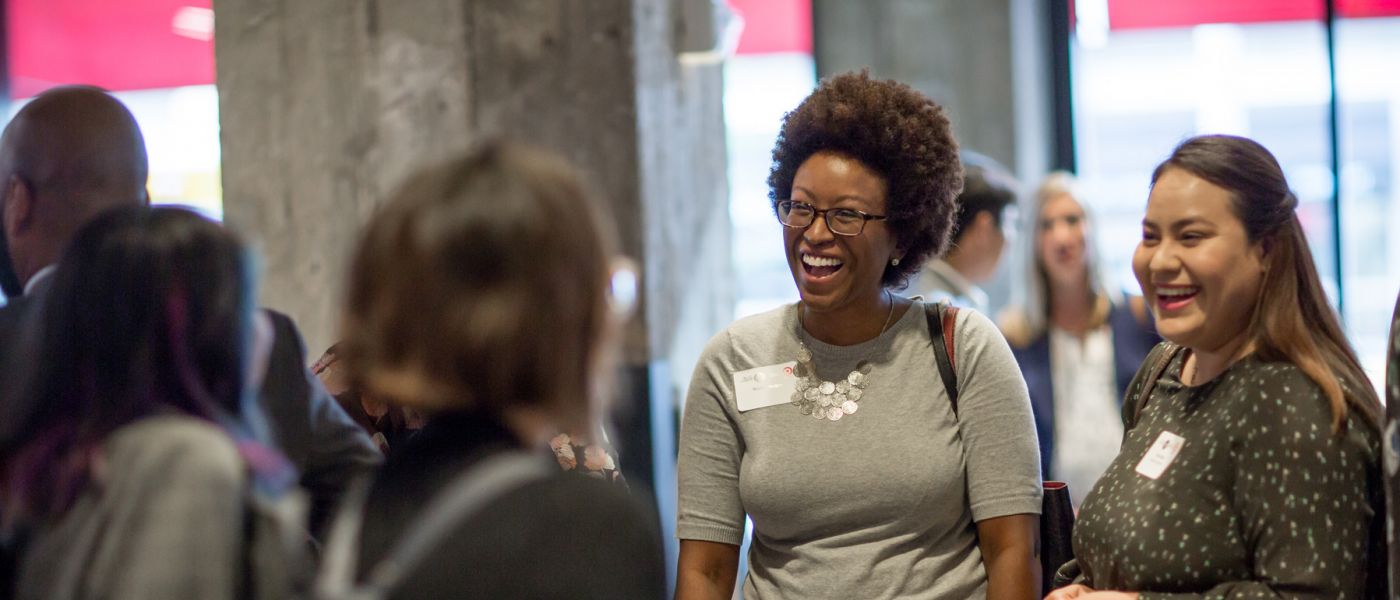
In 2016, BE MSP interviewed and surveyed more than 1,200 POCI in the Twin Cities area. Focus groups and surveys revealed that while this region has much to offer, it lacks the sense of connection needed to help young POCI feel that they belong here.
“When I got here, I had a small group of friends from many different places, and we found a way to make the city work for us,” says Courtney Schroeder, diversity and inclusion manager at General Mills. “But what I discovered is, transplants often leave. In fact, most of the friends I made when I first got here have all left.”
Duchesne Drew, community network vice president at the Bush Foundation, says he did not feel alienated as a transplant to the Twin Cities, but understands why others do. “I missed the diversity of New York — its people, food and cultural offerings — but I had the experience here that I want other people of color to have when they land in the Twin Cities,” says Drew, who is an active member of the BE MSP strategy team. “In addition to a diverse mix of friends, I had eight jobs over 20 years at the Star Tribune, so my hard work and their investments in me paid off for both of us. That’s why I stayed as long as I did. I kept growing and advancing.”
That’s definitely not the experience many POCI have. Before BE MSP, “there was no comprehensive system in place in the Twin Cities for addressing talent migration,” notes Tiffany Orth, a manager at Greater MSP. “That is the space we decided to step into by developing a shared platform for collaboration. It is an economic and moral imperative that we focus on closing the gap we’re seeing in the retention of professionals of color.”
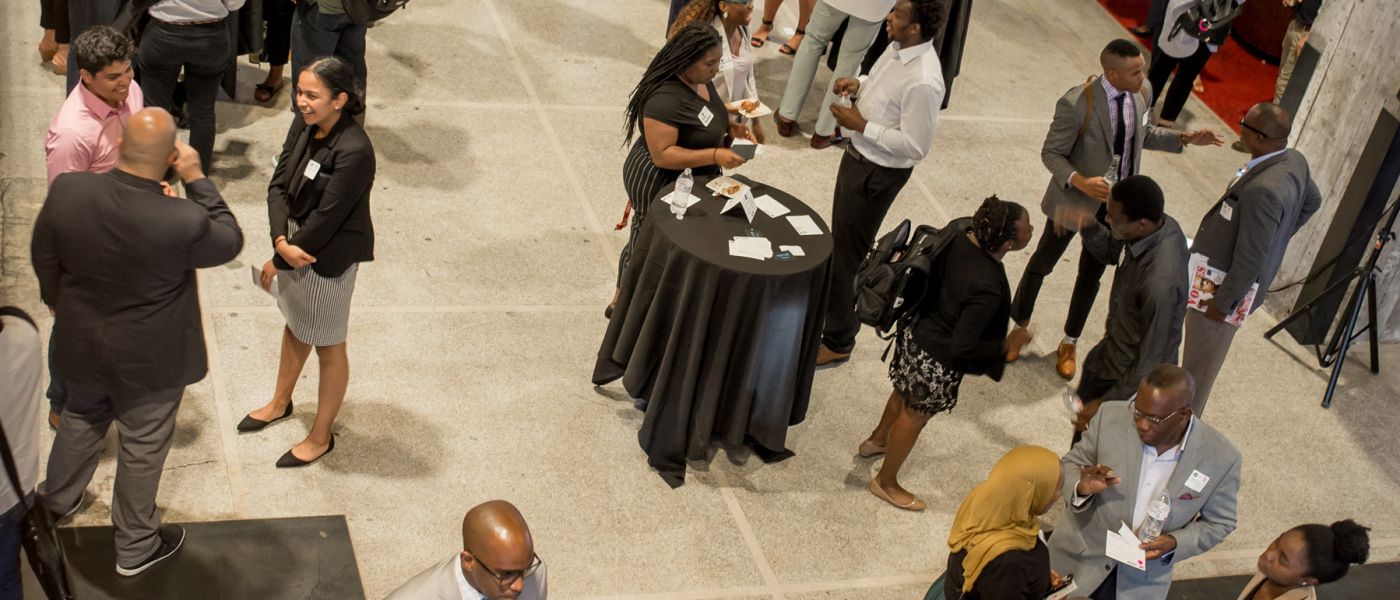
Fierce Competition for Retention
Closing the retention gap has become even more urgent because the Twin Cities are in the midst of a growing worker shortage that is projected to reach more than 106,000 positions by 2020, according to Greater MSP. This shortage is already impacting the local economy. One measure of this is the 56,000 job openings listed on Make It. MSP.’s jobs portal. Registered nurses, application software developers, marketing managers, computer systems analysts, accountants and auditors were among the positions most in demand in 2018.
The region faces fierce competition from other metro areas across the country in courting and keeping top-notch talent. National demographic shifts mean there simply won’t be enough talent to go around. The Twin Cities metro area is attractive to potential transplants but needs more of the people who try it out to choose to stay when other cities come calling. The natural beauty, spectacular performing arts scene, and some of the best-known and most-successful companies in American history make the Twin Cities’ livability factor almost unbeatable.
“For professionals of color, the Twin Cities have a lot to offer. But to understand that, you have to spend some time here,” says Schroeder. “People who stay here have found a way to get connected. It’s not like Atlanta. You might have to dig a little to find what you want here.”
One thing is certain: according to survey responses and focus groups, POCI aren’t leaving because of the winters. Only 11% of POCI who indicated they were thinking seriously about leaving the Twin Cities said weather was a contributing factor. But many of them described the cultural climate as emotionally cold, distant and ultimately unengaging.
What exactly does that mean? The data from BE MSP’s 2016 survey shows that POCI face a variety of challenges in the Twin Cities. Survey respondents noted the lack of a sense of community and difficulty finding culturally specific amenities such as hair stylists and grocery stores. If they move here knowing no one, as many young professionals do, they experience difficulty connecting with people and building friendships outside of the workplace.
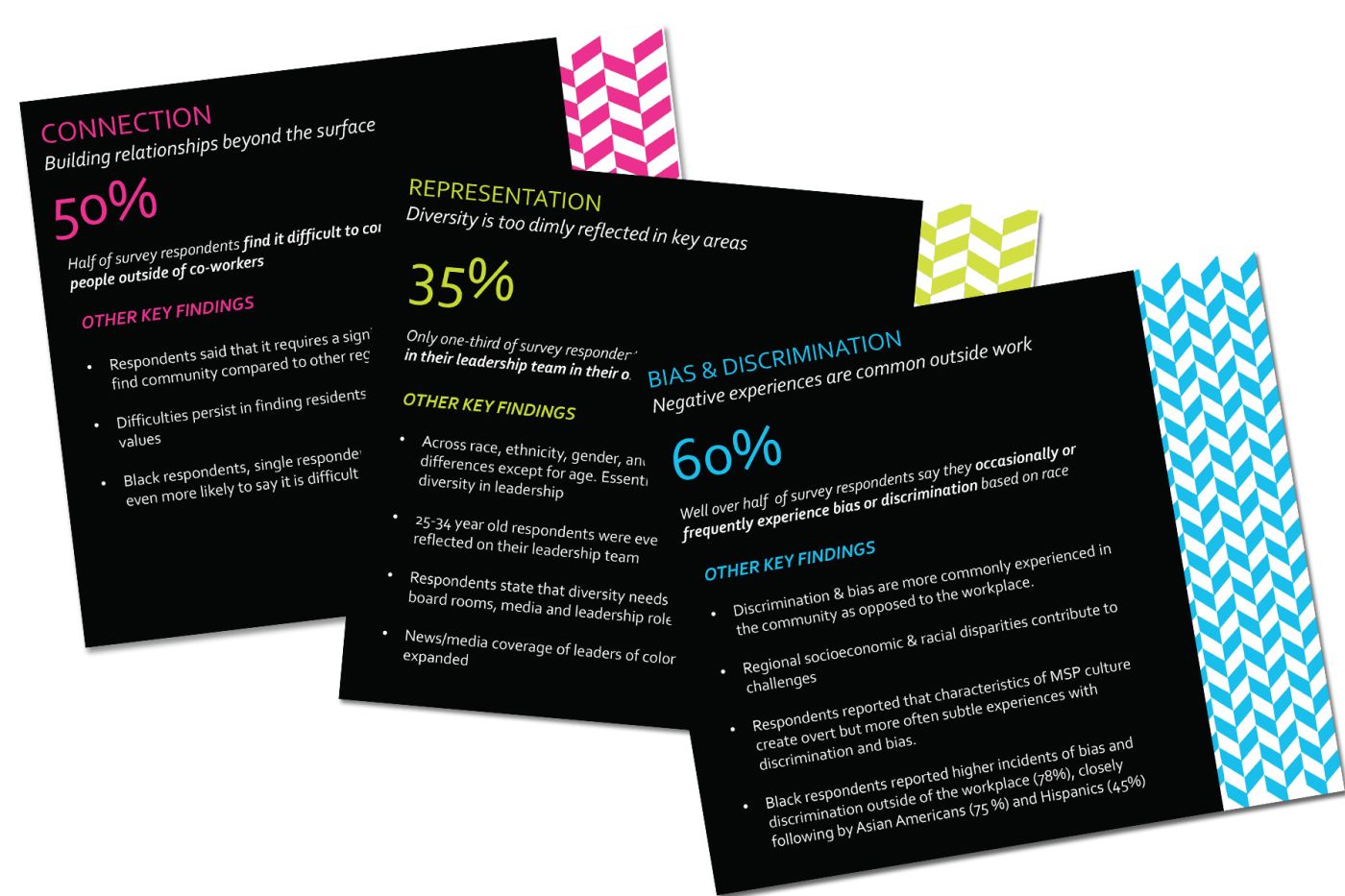
POCI in the Twin Cities often encounter bias and discrimination, and witness a lack of diversity in organizational leadership and in the media. This absence of diversity sends a powerful message about who is in charge and seen as a leader in the region.
And while many POCI are drawn to the Twin Cities due to abundant professional opportunities, once they are here, the pathway for advancement — organizationally and financially — becomes unclear. Barriers to promotion often appear out of thin air, and people of color are left behind. What’s more, survey respondents said their employers’ workplace diversity and inclusion programs aren’t robust enough to address the lack of cultural competence in their organizations. An annual 90-minute workshop isn’t enough to change their coworkers’ hearts, minds and behaviors.
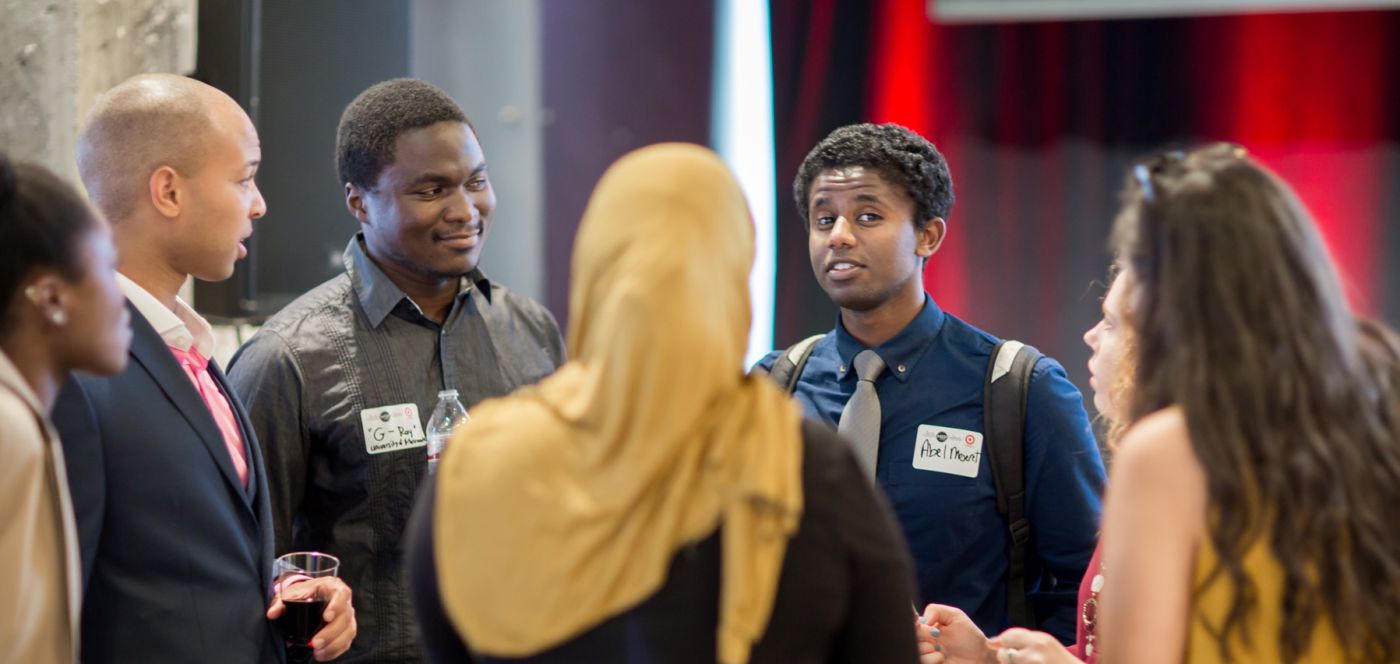
BE MSP’s efforts to tackle these challenges are beginning to make a difference, according to Orth, who cites the MSP Mingle series as an example. These quarterly mixers, which started in 2016, typically attract more than 250 professionals of color. They’ve been sponsored and hosted by a long list of corporate partners including Target, US Bank and Securian Financial, and they’re run jointly by Make It. MSP., the St. Paul Area Chamber of Commerce and the Minneapolis Regional Chamber of Commerce. Those three organizations are also collaborating on a monthly e-newsletter for POCI that lists upcoming events, as well as on websites that help POCI build connections in the Twin Cities.
“When you’re at an MSP Mingle, you can feel a different energy in the room,” Orth says. “There are people of so many different backgrounds mixing together, which isn’t something you experience a lot in our region.”
Vivian Chow notes that the initiatives fostered by BE MSP are reaching both new and established POCI, giving them additional opportunities to connect and strengthening ties that might otherwise not exist cross-culturally. “The work that is needed can’t be done by one person, one group, one company or one organization,” Chow says. “Only a truly region-wide understanding of the challenges, and focus to address them, will shift the experience for people of color.”
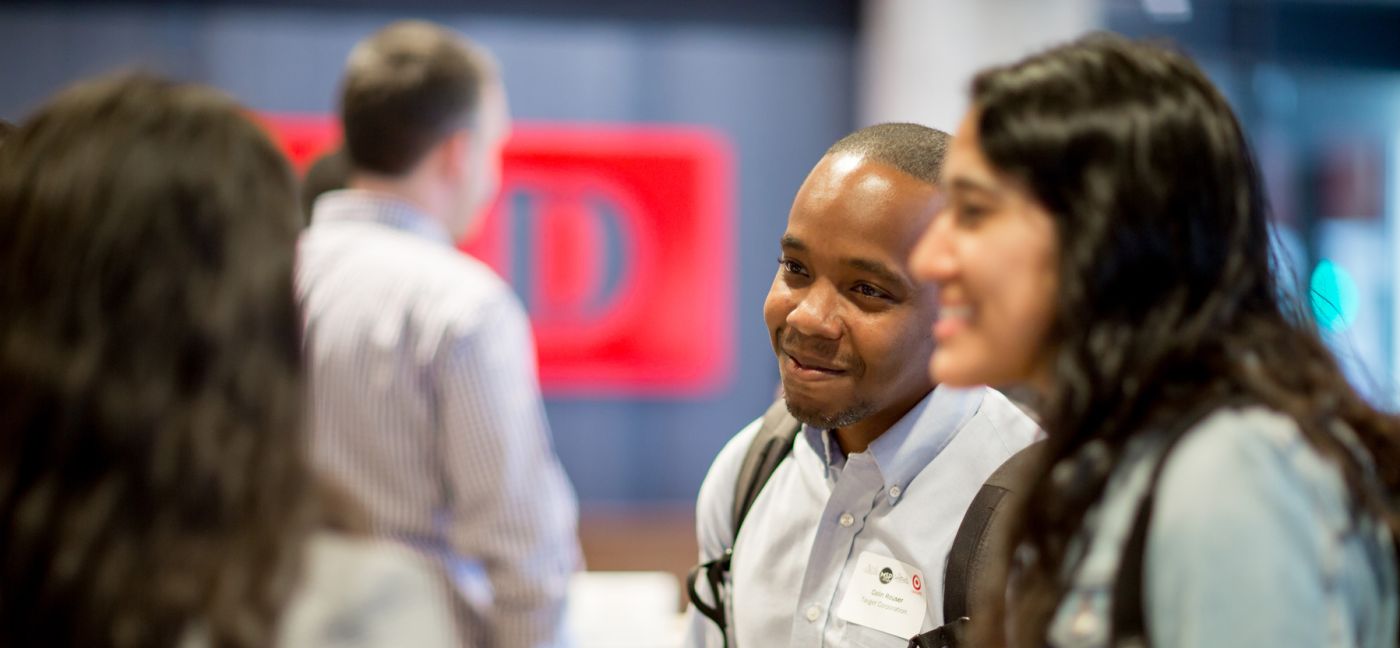
Chow acknowledges that addressing the anticipated worker shortage is one compelling reason to systematically change behaviors toward POCI. But she stresses that there are other important benefits for the region, too.
“For companies and organizations, this initiative will help them attract and retain great diverse talent, and more diverse organizations are correlated with higher success,” she says. “A more supportive community will also bolster small businesses, bring more resources and businesses that serve diverse communities, and enrich the region in general through inclusiveness of all people, not just people of color.”
In the last three years, BE MSP staff and volunteers have given scores of presentations to business and community leaders across the metro area, sharing insights from the 2016 survey as well as concrete steps employers can take to create more inclusive environments. For example, they can work on creating workplace cultures that truly value the creativity that diverse teams generate. And they can articulate career paths for all employees rather than making them guess about what it takes to move up. This is especially important in organizations where the senior leadership isn’t very diverse and POCI don’t have meaningful representation in the C-Suite.
BE MSP is also working with the Forum on Workplace Inclusion, a key partner in all its work, to produce a comprehensive directory of diversity and inclusion practitioners, so organizations interested in working on this aspect of their workplace climate can find a range of consultants in one place. In addition, the BE MSP team created a free online toolkit that organizations can use to foster a more inclusive environment (see below).
Chow says that as she thinks about the future Twin Cities, she sees a different vision than what currently exists. “My vision,” notes Chow, “is that professionals of color are represented across all levels, sectors, industries and organization types. And these individuals have the opportunity to learn, develop, advance, contribute and lead through inclusion on teams and in meetings, having an influential voice or decision-making authority, and by having a seat at every table or boardroom.”
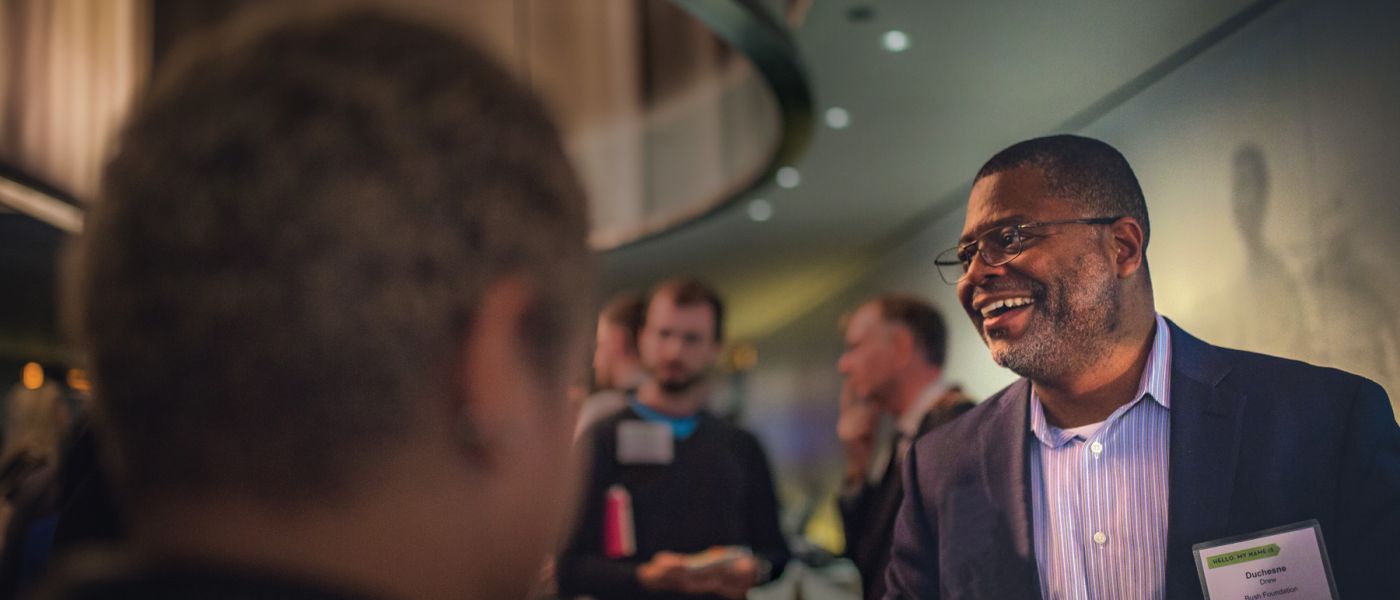
Making Your Workplace More Inclusive
“Right now, the Twin Cities can feel culturally unyielding to some POCI. As Duchesne Drew puts it: “There are plenty of racist people in New York, Chicago and the other places I have lived, but here there’s a kind of ‘this is the way we’ve always done things, so conform or leave’ vibe in some environments. It’s not healthy and it’s driving good people away.”
The larger issue may go beyond strategic initiatives and straight to the heart. True culture change isn’t a fish-out-of-water narrative. Instead, it’s about changing the water itself and transforming the way people think. Such change can begin in the workplace by leaders modeling what success looks like and going out of the way to build relationships with and be encouraging to POCI.
Senior leaders and middle managers will need to embrace discomfort in a positive way, sharing power and authority with people who don’t look like them. As Drew points out, “Organizations need to be proactive in how they integrate people of color into their workplaces and into the community. Hiring folks and waiting to see if they sink or swim in an environment that is indifferent, or possibly even hostile toward them, isn’t an effective way of managing people.”
Using some of the tools available through BE MSP, you and your leadership team can help our region retain more talented POCI by doing the following:
- BRING THIS ARTICLE TO LEADERSHIP. Bring this article to your next board or senior leadership meeting and openly discuss specific steps you can take to proactively improve your organization’s response to people of color and Indigenous people. Do this more than once a year.
- TAKE ACTION TO CONNECT. Think about the POCI in your organization and how you might help them feel more connected. Then follow up and take the action needed.
- CONNECT TO BE MSP. Connect your POCI employees to the BE MSP Initiative, so they can grow and strengthen their networks. They can find out about upcoming events and sign up for newsletters.
- ENCOURAGE HIRING AND PROMOTION. Write a letter to your local newspaper, radio station or TV station asking them to consider hiring, promoting and retaining more people of color as a way of enhancing our community’s creative viability and visible diversity.
- RAISE YOUR VOICE. Speak openly and truthfully about racial disparities in this region (among the worst in the nation) and tell your peers that the situation is unacceptable. Hold forums in your workplace to find at least one positive way you can help improve those disparities. Align your improvement efforts with your company’s values and business goals.
- SPARK CONVERSATIONS. Use BE MSP’s free Workplace Toolkit to spark conversations and build an inclusive culture in your workplace.
Continue reading
-

News
Opportunity to work with us
As part of our office move later this year, we are exploring possibilities for the build out of the ground floor of the building. We are in the early stages of this and considering different types of operating models and potential partnerships.
-
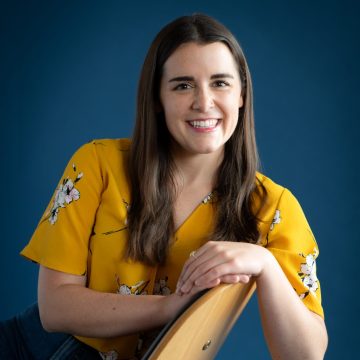
Staff note
Coordinating the work of our contact hub
We aim to be radically open in all that we do, and that includes being more accessible to more people and sharing what we learn along the way.
-
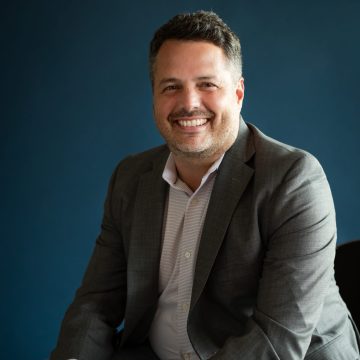
Staff note
Making every dollar work through impact investing
We have benefitted from the experience of other funders as we developed our impact investing approach. Now we are paying it forward and sharing what we have done and what we have learned.